Ethiopia: The Journey to Find Abynesh
Yeshak and his Aunt embracing for the first time since he was one years old.
October 7, 2018
Africa is an immense continent, holding the most culturally diverse group of people. Stereotypes and the horrific scenes of violence and racism on the news portray only a small portion of the incredibly complex and developed societies that Africans have created. Ethiopia is one of the fifty-four unique countries of Africa, and its people are frequently stereotyped. However, this summer, I traveled to Ethiopia as well as South Africa and discovered the real, everyday life of this third world country.
In this three-part series, I will be sharing my life-changing experiences through my incredible journey in the country of Ethiopia.
I traveled with certified native guides, Bereket and Biruk, who made our journey truly authentic and even shared personal stories along the way. I asked Bereket his reason for becoming a guide and he responded, “To do my best to let people know the world about my beautiful home Ethiopia. I want to be the right person to try the best I can to respect and keep the real image of Ethiopia to those [tourists] Who come to visit my country.”
From the impoverished children living on the streets of Adis Ababa to the trible and cultural preservation in the Omo Valley, I stepped out of my westernized mindset and into a new world of understanding others.
I first landed in Adis Ababa, the capital of Ethiopia, on August 9th. For the next two and a half weeks, I would be traveling through the southern regions of Ethiopia. In addition to the guides, I traveled with my father and close family friends Yesehak and his mother Lisa.
Yesehak was adopted by his mother from Ethiopia at the age of eighteen months. On our journey, Yesehak was reunited with his birth mother and the discovery of his past began. This was my first life-changing experience on this trip.
Meeting Yeesaks Birth Mother
From Adis Abba, we traveled four hours south to a densely populated city called Hossana. The area was packed with families, cars, and businesses flooding the streets. The first time I stepped out of the car, crowds of Ethiopians stopped and stared, as the color of my skin was new to them. Ethiopia was never colonized by Europeans, except briefly by the Italians in 1936, so the presence of white people is seen not as a threat, but as a fascination.
That same day, we received word that Yesehak’s birth mother, Abaynesh Adane, was on her way to Hosanna. Abaynesh was only eighteen when she had Yesehak twelve years ago. In her culture, having a child without being married is frowned upon. Bereket expressed, “I feel so sorry for Yesehak’s Mother, belonging in such a tradition where a man holds too much right, and take a woman as a mistress, who is not allowed to have a normal husband”
She put Yesehak up for adoption and found a family in Brooklyn, New York. Shortly after that, adoption in Ethiopia was shut down, leaving many homeless children on the streets, fending for themselves.
The journey to find Abaynesh started 6 months ago with an email sent to Bereket. Bereket was immediately intrigued by the challenge and connected personally to Yesehak’s story. Bereket himself grew up on the streets without a mother.
He explained, “Because I grew up without a mother, I felt so bad for Yesehak to be away from his birth mother. I wanted to know how he was doing. I thought his mother would have been in pain for missing her son for all those years and wanted his mother to see him, and to see how she would feel in his presence.”
He additionally stressed that he did this “not for money or any exchange, but only because I care about kids and mothers and that I will always do my best to help both.”
After four nights and five days of searching, Bereket and Biruk finally found Yesehak’s birth mother. The biggest surprise, however, was that they also discovered that Abynesh had an additional four children, all biological siblings to Yesehak. Yesehak went from being an only child to a big brother.
An hour after arriving in Hosanna, we received notice that Yesehak’s birth family was down the street with his three younger brothers, Abuti, Dagim, Mamush, and his baby sister Bereket.
Even though Yesehak’s mother could not speak a word of English, she did not need to say anything to convey the unconditional happiness she felt in the moment she was reunited with her son after twelve years of separation. It was an emotional reunion that displayed to me true motherhood. Abaynesh was a beautiful woman who embodied strength and love for her five children. We spent the night connecting loose ends and growing closer with the family.
The next day, we traveled forty-five minutes to Yesehak’s birth village, Wererma. As we drove down the dirt roads leading to the home, children began to chase after the car with smiles on their faces, as they had been waiting for the day Yesehak would return for a long time now. Elders began to clap and chant as Yesehak hugged his newfound relatives.
We brought along soccer balls, frisbees, chewing gum, clothing, and toys for the village children. For the family, we brought mattresses because all of the children and their mother had to sleep together on one straw mattress. We also brought solar-powered lights and gravity lamps as they had never had light in their hut. They fed us corn and traditional Ethiopian coffee, which we ate while sitting with the family as if we had known them for our whole lives.
Our goodbye to the village was emotional. I wanted to stay and further immerse myself in the rich culture.
We gave our last hugs and Abuti cried because he and Yesehak bonded over the short time they had together. Abaynesh waved goodbye and the children of the village once again chased our car down the dirt road until we were out of sight. “I will come back,” Yesehak called as the car took us farther away from the village of Wererma.
Seeing how this village and specifically Yesehak’s family lived, with no electricity in a one-room mud hut, yet how they all still approached every day with immense joy for what they had was a completely eye-opening experience. The lessons I learned that day will stay with me when I look at the privileged culture that surrounds us in the U.S. and appreciate the small things we take for granted.
The Omo Valley was our next stop. Stay tuned for my next article to read more about my experience living with Ethiopian tribes and viewing life in the Ethiopian way. Āmeseginalehu!


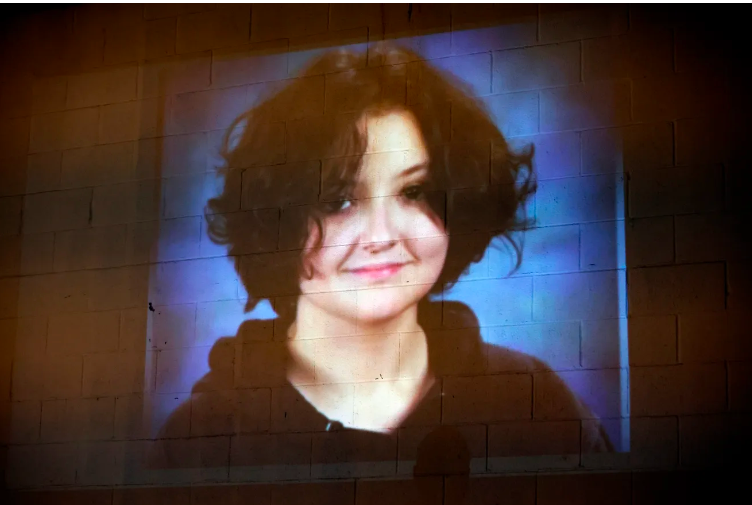
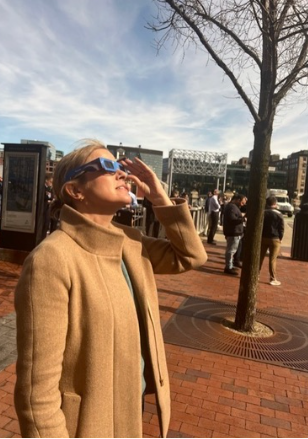

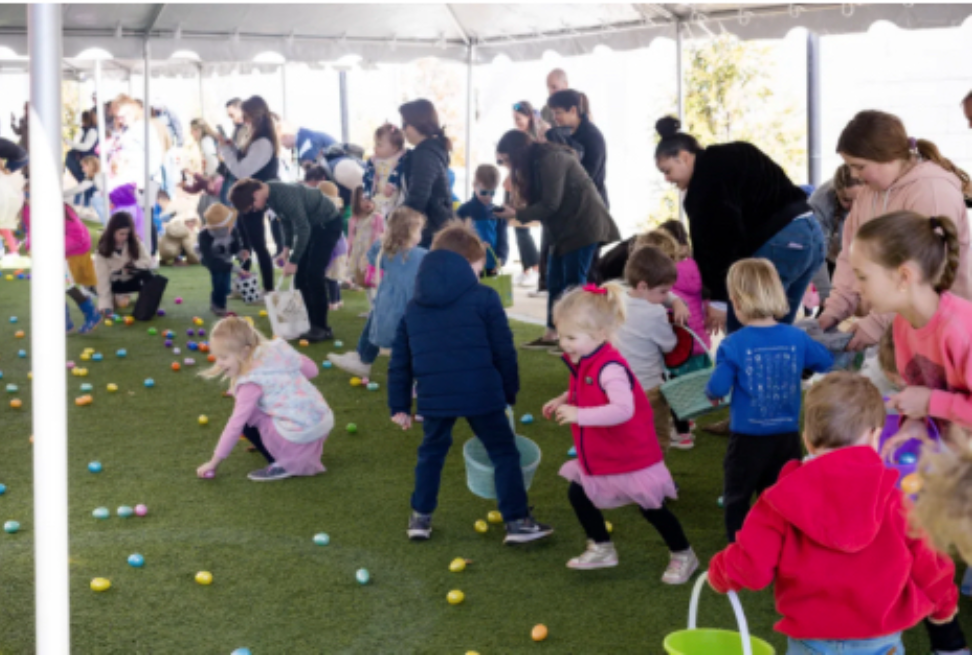


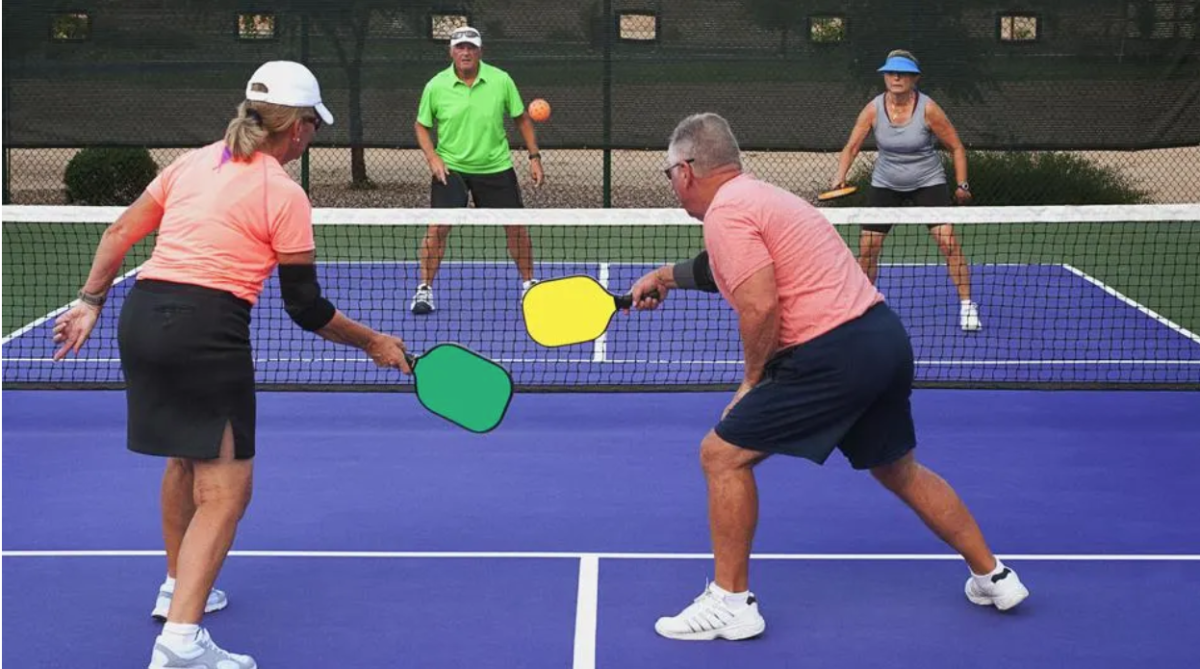
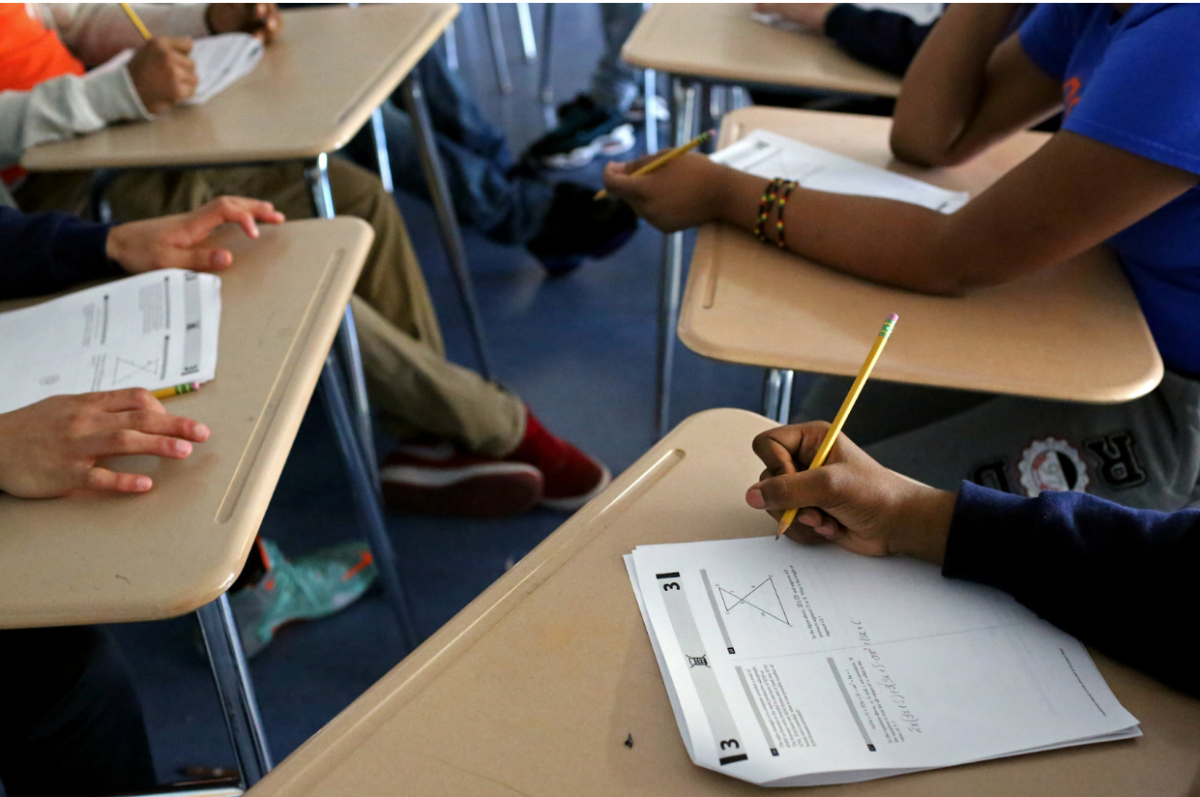
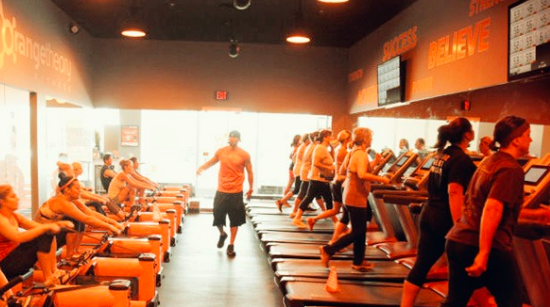
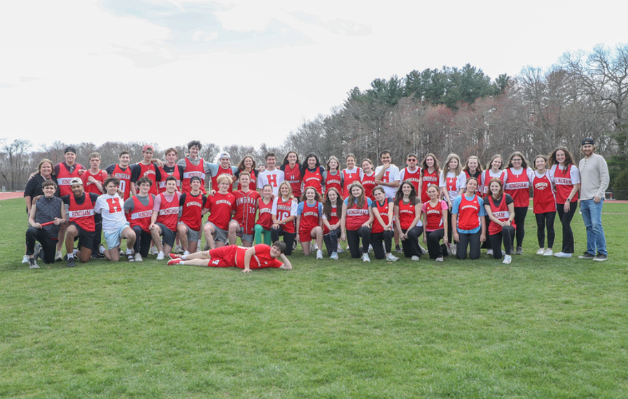

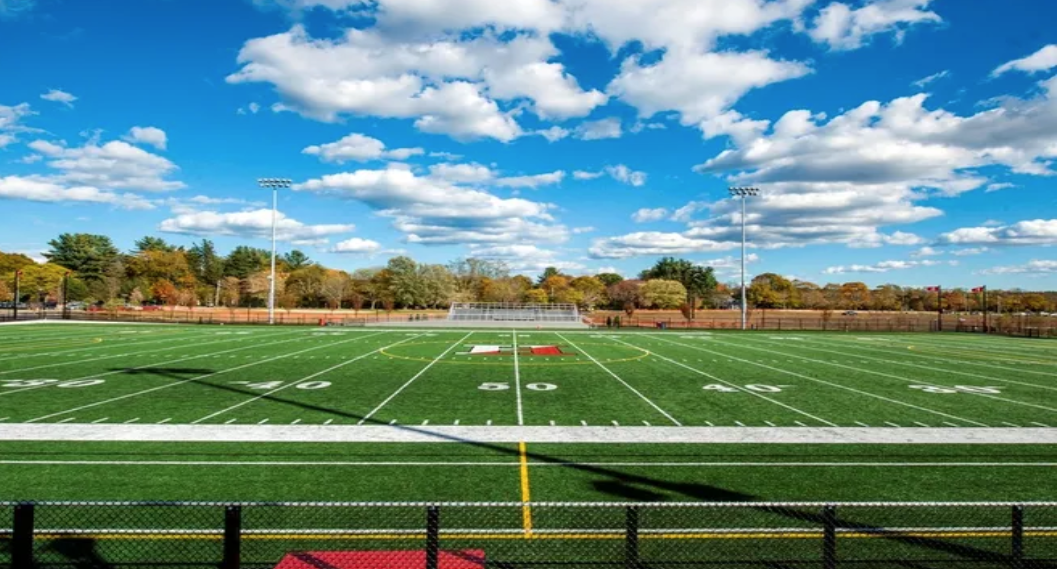
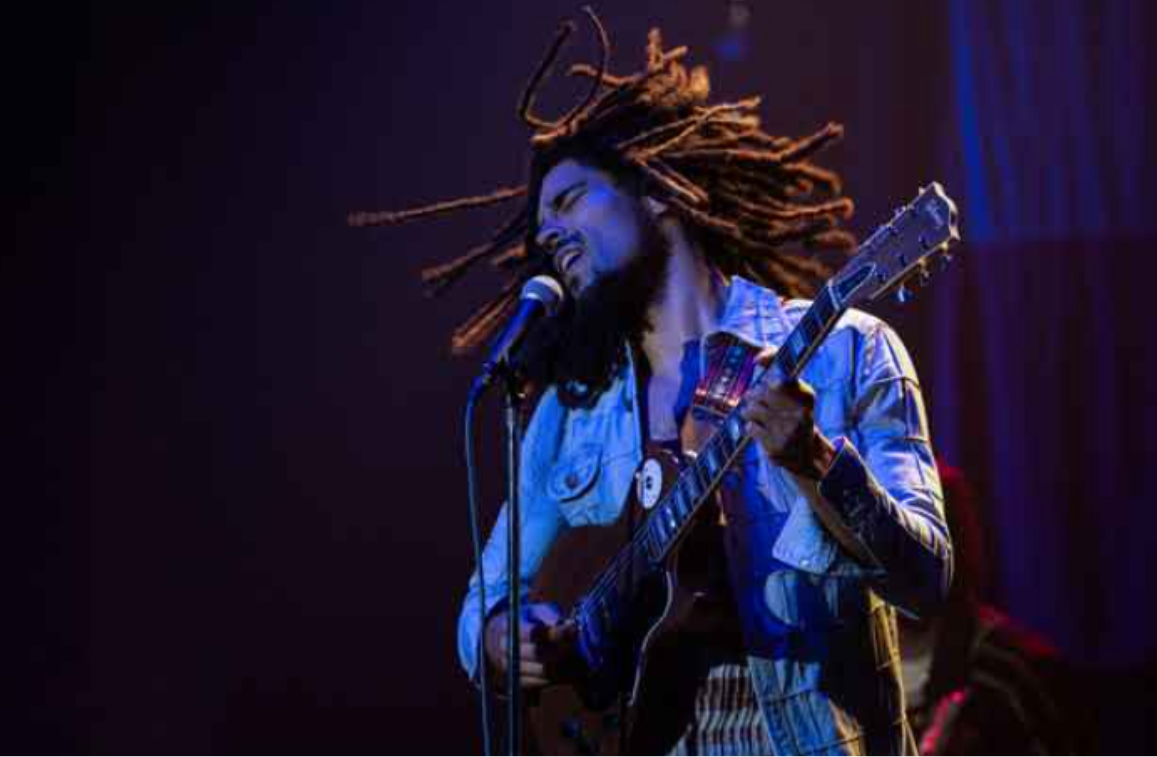

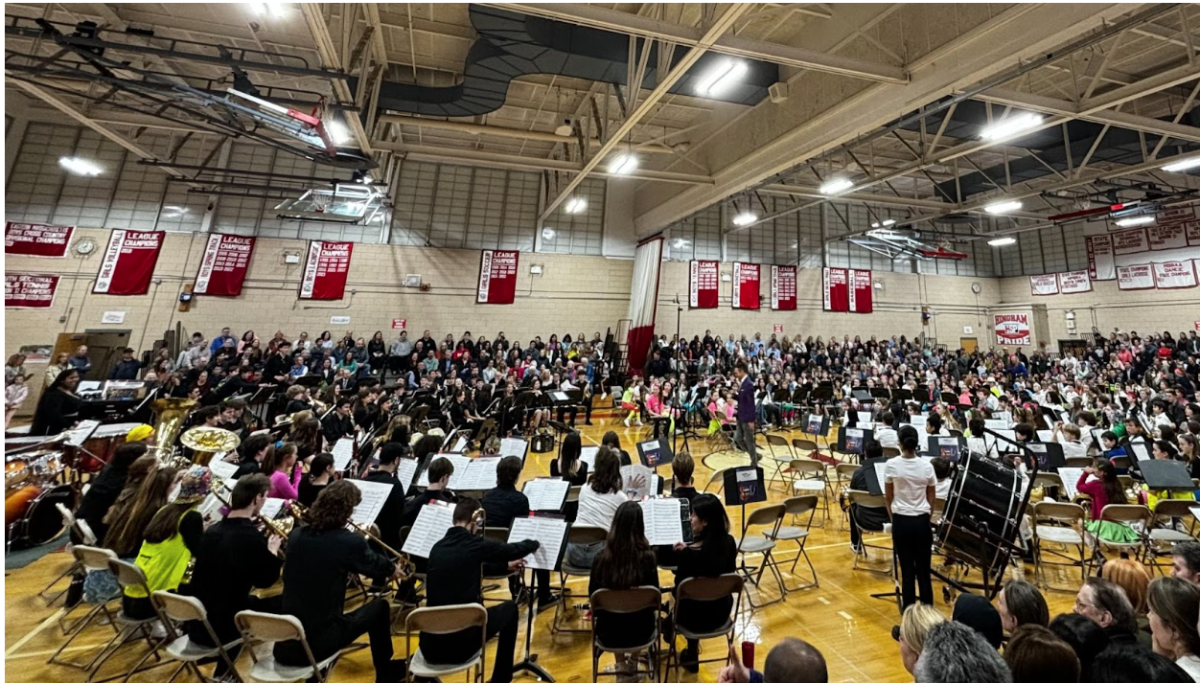



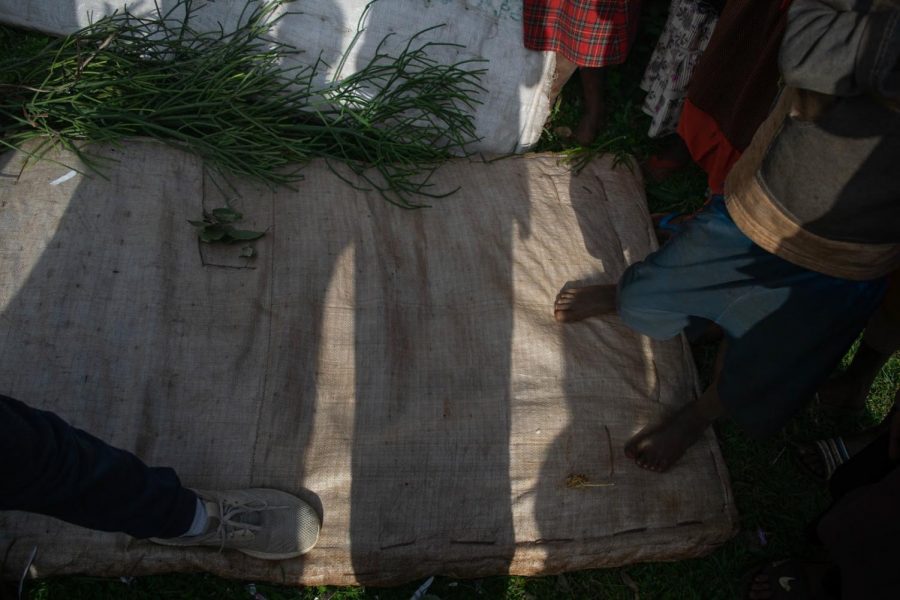


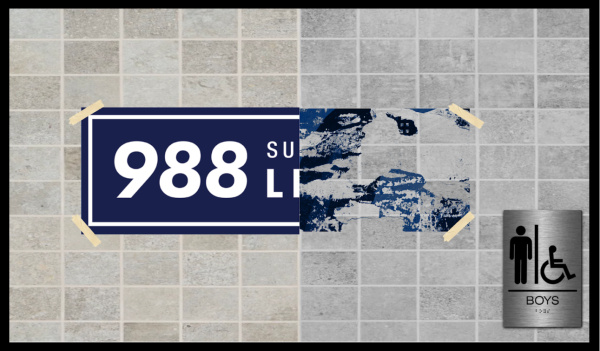




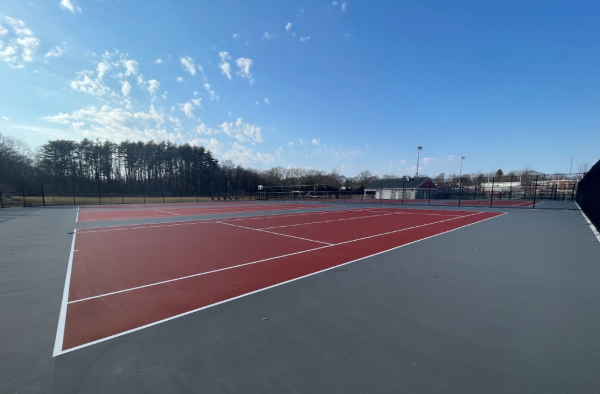

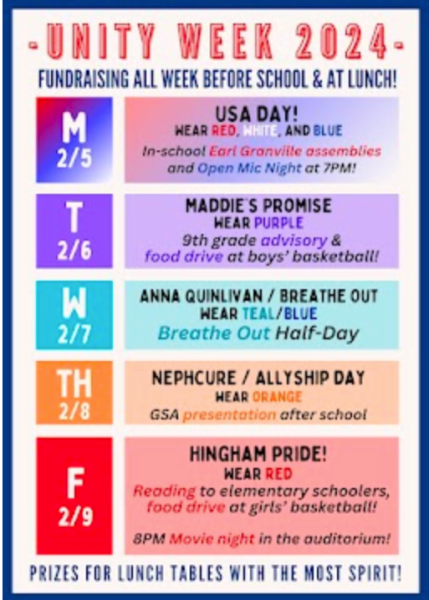
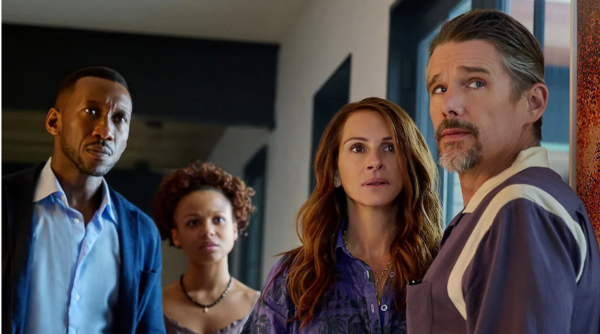
Sabrina Hatch • Oct 15, 2018 at 5:10 pm
Very well written article MK! This was very interesting to read!!
Bereket Tadesse • Oct 8, 2018 at 3:20 pm
I am so proud to have met you .excellent Job and keep the good Work.
Bereket Tadesse • Oct 8, 2018 at 3:14 pm
I am so proud I have met you .excellent Job and keep the good Work.